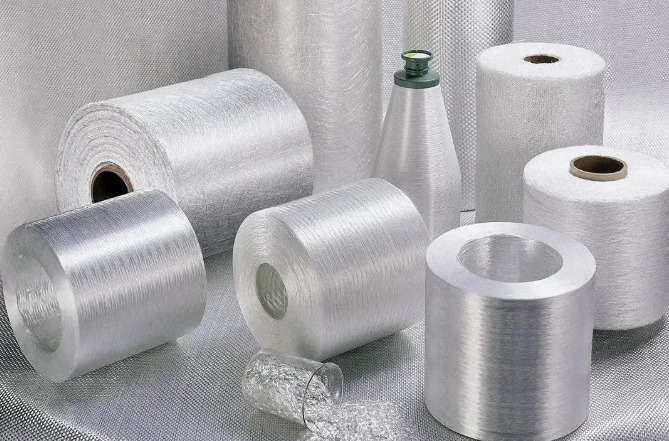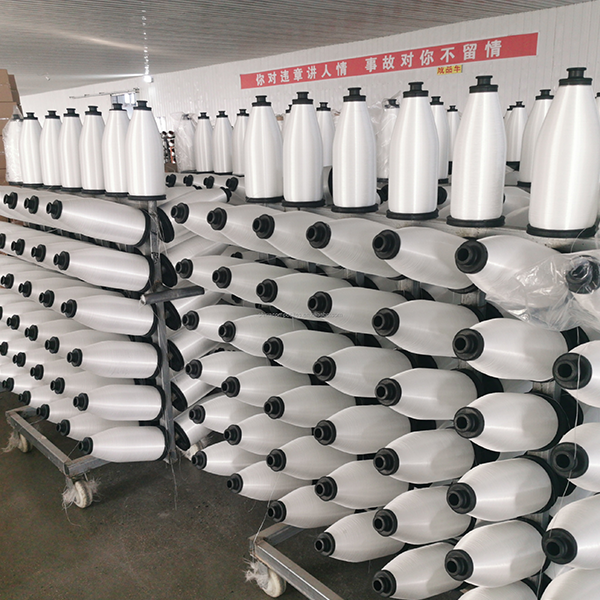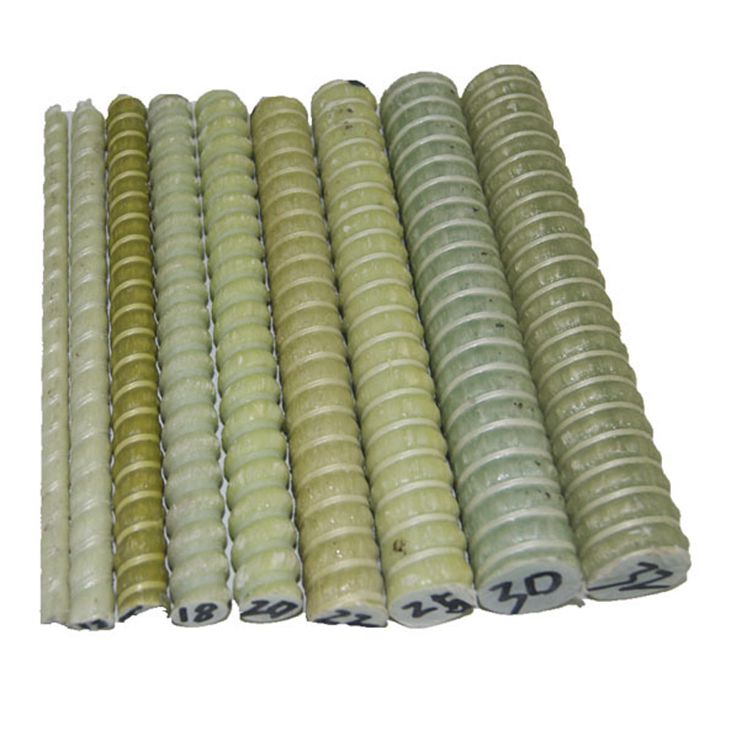Glass fiber (Fiberglass) is a high-performance inorganic non-metallic materials, made of molten glass drawing, with lightweight, high strength, corrosion resistance, insulation and other excellent characteristics. The diameter of its monofilament is a few microns to more than 20 microns, equivalent to 1/20-1/5 of a hair, and each bundle of raw fiber is composed of hundreds or even thousands of monofilaments.
It is based on chlorite, quartz sand, limestone, dolomite, boron calcium stone, boron magnesium stone and other minerals as raw materials by high-temperature melting, drawing, winding, weaving and other processes into the fabric, is an excellent performance of inorganic non-metallic materials, a wide range of advantages of good insulation, heat resistance, corrosion resistance, high mechanical strength, but the disadvantage of the nature of the brittle, wear resistance is poor. Usually in the form of monofilament, yarn, fabric, felt and so on.
01, glass fiber manufacturing process
1. raw material preparation: mix quartz sand, limestone and other raw materials in proportion.
2. High-temperature melting: melting into glass liquid at a high temperature above 1500℃.
3. Drawing and forming: drawing at high speed through platinum-rhodium alloy leakage plate to form continuous fiber.
4. Surface treatment: coated with wetting agent to enhance the flexibility of the fiber and bonding with resin.
5. Post-processing: made into yarn, fabric, felt and other products according to the application.
02、Characteristics of glass fiber
High strength: the tensile strength is higher than ordinary steel, but the density is only 1/4 of steel.
Corrosion resistance: excellent corrosion resistance to acid, alkali, salt and other chemicals.
Insulation: non-conductive, non-thermal conductivity, is an excellent electrical insulating material.
Lightweight: low density, suitable for lightweight applications.
High temperature resistance: can be used for a long time in the range of -60℃ to 450℃.
03. Main application fields of glass fiber
1. Construction field
GFRP bar: alternative to steel bar for corrosive environments such as coastal engineering and chemical plants.
Exterior wall insulation material: lightweight, fireproof and heat insulation.
Reinforcement of concrete: improve crack resistance and durability.
2. Transportation
Automobile lightweight: used in body panels, bumpers, chassis and other components.
Rail transportation: used in high-speed rail carriages, subway interiors, etc.
Aerospace: used for aircraft fairings, radomes, etc.
3. New energy
Wind turbine blades: used as reinforcing material to improve blade strength and fatigue performance.
Photovoltaic mounts: corrosion-resistant, lightweight, long service life.
4. Electrical and electronic
Circuit board substrate: used for FR-4 copper-clad board.
Insulation material: Used for insulation layer of motor, transformer and other equipments.
5. Environmental protection field
Filtration materials: used for high temperature flue gas filtration, water treatment, etc.
Sewage treatment: used for making corrosion-resistant tanks and pipes.
04, the future development trend of glass fiber
1. High-performance: develop glass fiber with higher strength and modulus.
2. Green manufacturing: reduce production energy consumption and environmental pollution.
3. Intelligent applications: combined with sensors for intelligent composites.
4. Cross-border integration: composite with carbon fiber, aramid fiber, etc., to expand the application scene.
Post time: Mar-03-2025




